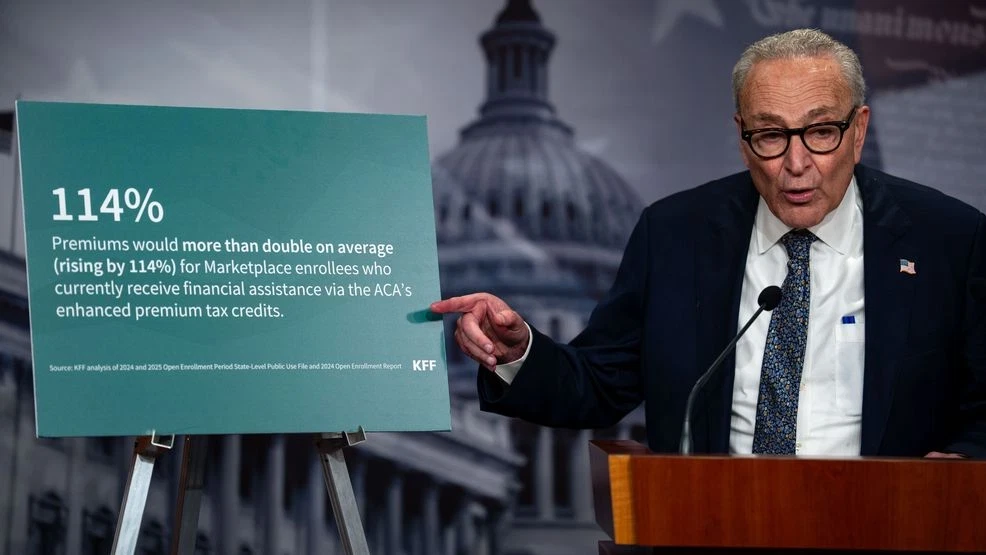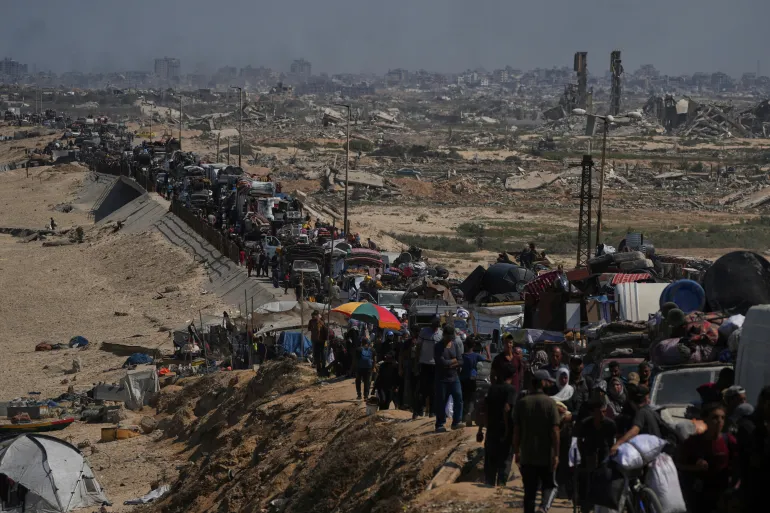
Government shutdowns, while often seen as a doomsday scenario, are more common than many might think. The last shutdown, which occurred during President Donald Trump’s first term, was the longest in U.S. history, lasting 35 days from December 2018 to January 2019. This partial shutdown was primarily due to a dispute over border wall funding, surpassing the previous record of 21 days set during former President Bill Clinton’s administration.
According to the , there have been 20 government funding gaps in U.S. history, but only 11 resulted in full shutdowns where agencies closed and workers were furloughed. The modern concept of a government shutdown began in the 1980s when U.S. Attorney General Benjamin Civiletti reinterpreted the , stating that agencies could not legally operate without approved funding. This led to the closure of agencies, furloughing of workers, and only “essential” employees, such as military and law enforcement, remaining on the job.
In prior shutdowns, essential services like border protection, in-hospital medical care, air traffic control, law enforcement, and power grid maintenance have continued, while agencies like the Department of Health and Human Services, the Environmental Protection Agency, and national parks could experience significant slowdowns or closures, according to the . Hundreds of thousands of federal workers may be furloughed, while essential employees, including TSA, border patrol, and the military, will continue working.



